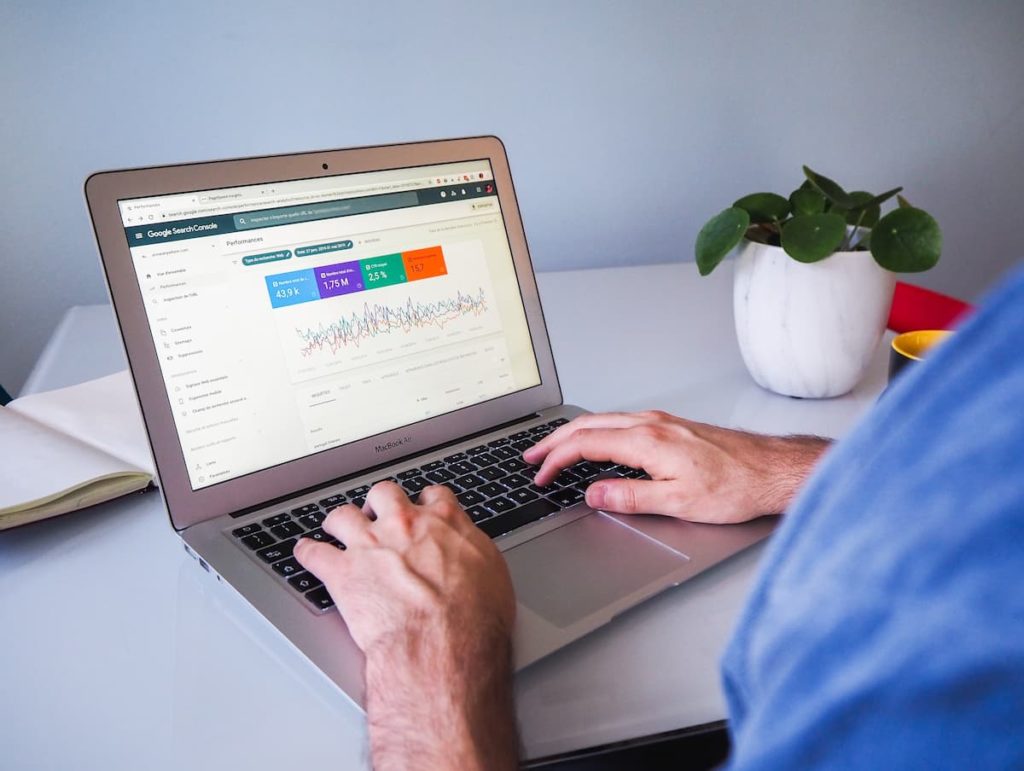Knowing the state of online marketing is important in helping you keep your methodology updated. As part of our SEO services, we like to look at marketing statistics, and we have interesting online marketing statistics from the previous week that can help you look at your own business and analyze where you can improve and boost your SEO strategy.
Only 20% of businesses factor in their objectives during data collection.
Helping your clients tie in their marketing strategies to their business goals is a big business opportunity. In fact, only 20% of businesses tie in their data collection to their objectives. While 60% of companies claim they have a strategy in mind, only a small fraction succeeds in achieving business goals. Being able to offer targeted data collection and analysis solutions – and report the success your targeted marketing plan brings later on – will help you establish a name among the businesses not factoring in business objectives when researching and gathering leads and other market information.
The influence of Google+ on search rankings is increasing.
I’ve discussed multiple times how important Google+ is on your marketing campaigns, but let’s look at the numbers. A newly-released report from Searchmetrics shows that Google+ has the biggest impact on search results. It also shows that if the current growth of Facebook Shares and Google plus ones stays consistent, then Google will overtake Facebook in terms of social sharing by 2016. See the image below from Searchmetrics’ infographic for the stats and the average social media signals found on the SERPs studied.
While email is still the most useful marketing tool, only 22% of emails sent reach the inbox.
Two separate studies showed how effective email marketing is when done right. One research shows that 63% of marketers still see email as the most useful form of digital advertising, and 55% measure the success of their campaigns through click-through rates. However, only 22% of commercial emails sent globally ever reach the inbox. The following industries saw the most successful performance in the first half of 2013:
- Retail – 92%
- Utilities – 95%
- Consumer products – 93%
- Publishers – 97%
Average ecommerce site speeds are becoming slower.
Radware’s latest infographic shows that the loading time for ecommerce pages are much lower than the ideal site speed. The average loading time for an ecommerce site accessed through Chrome this summer 2013 is 7.72 seconds, which is 13.7% slower than Spring 2012’s 6.79 seconds, and much slower than the ideal speed of less than 3 seconds.
Ecommerce sites also take an average of 4.9 seconds to become interactive, which means many of these sites are losing customers because of loading time. 57% of consumers say they will abandon a page if it does not load after 3 seconds.
Hire SiteJab for your SEO services and Marketing Needs.
The internet world is constantly changing. We’re on top of it… Give us a call today at 713-874-9698 to schedule a free consultation with expert Hector Garcia.











